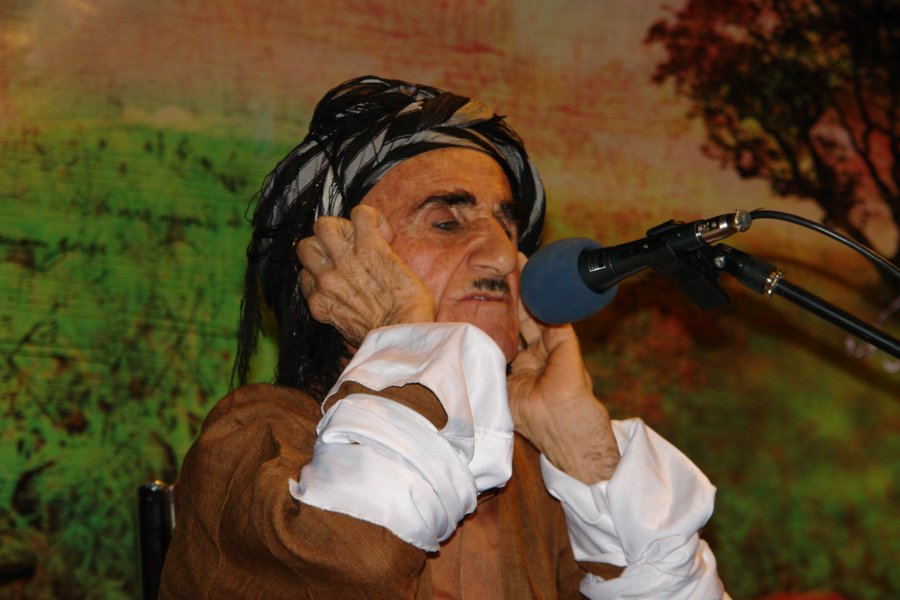Hairan is a part of Kurdish folklore and a type of Kurdish music and maqam. Hairan is considered to be part of Kurdish history and part of Kurdish folklore and oral literature of the Kurdish nation. Hairan, like Lawk, Hora, Siyachemana, and other Kurdish oral music, has an ancient history and has been very influential in enriching Kurdish folklore.
First, we should know where the word "Hairan" comes from; many believe that the word hairan comes from "hayaran", which is a Kurdish word meaning to be shocked or sacrificed. Some researchers also say that it came from outside Kurdish words.
Hairan talks about love, nature, geography, war, tragedy, and religion, and Hairan singers focus on love and talk about it.
There are several types of Hairan: Majlisi, Chiayi, and Gharibi. Majlisi is sung for the people of the plains. Chiayi has a louder voice for sending its message to a specific place. Gharibi is used for condolences and funerals.
Recently, Hairan has moved from romanticism to nationalism and revolutionary sentiment, and writers of Hairan texts have recently become active in this field.
I asked Omar Haji Ali, the author of Kuzhana Hairan if there is a national feeling in hairan. He answered, “Hairan has evolved from love to nationalism and revolution; I wrote a text of Hairan about the war against ISIS too. Nowadays, Hairan has a national feeling and has become part of Hairan.”

Hiran is specifically for the Kurdish nation; it has its own melody and poetry. According to researchers, Hairan first originated in the Erbil Plain and spread to regions of the East part of Kurdistan such as Mukriyan. The geography of Hairan in Kurdistan is not very extensive, which is related to the Kurdish dialects. In this regard, I visited Professor Shkur Mamaseni, a lecturer at Salaheddin University in Erbil, and asked him: Which regions of Kurdistan are the graphics of Hairan? “There is disagreement about the geography and where Hairan originated. Hairan went from the Erbil Plain and Karachukh Mountain to Khoshnavati and then to Ranya and Mangurayati (the East part of Kurdistan). But in fact, it originated from the Erbil plain and went from city to city and reached Mahabad in the East part of Kurdistan. But there are other beliefs in this regard too. For example, Dr. Marf Khaznadar believed that Hairan started in Mahabad and went to other parts of the East part of Kurdistan, and from there, it reached Qaladze and Ranya Even the Erbil Plain and the Little Zab stopped and has not spread anymore.”
In the content of Hairan, there are real and imaginary stories and poetry. Many of their contents deal with love and affection, and they described love. In fact, there is a short message in the content of the Hairan that the singer wants to convey to their audience.

Hairan, known as oral literature and passed down to the new generation, has had a great influence on written literature, and writers have used it in terms of original Kurdish words. In Kurdistan universities, students write their doctoral theses on Hairan as an art and profession.
The words used in the text of Hairan are original Kurdish words and Kurdish writers and researchers should work on them very carefully and include them in the dictionary of the Kurdish language.
This old Kurdish music is now weakening and it should be preserved, and folklore centers and institutions should be aware of this old music.
In fact, the songs that have been sung orally and tell us hundreds of stories and events of our ancestors and have now reached us, should not be easily forgotten and all of us, young and old, must preserve this culture and not let it disappear.








